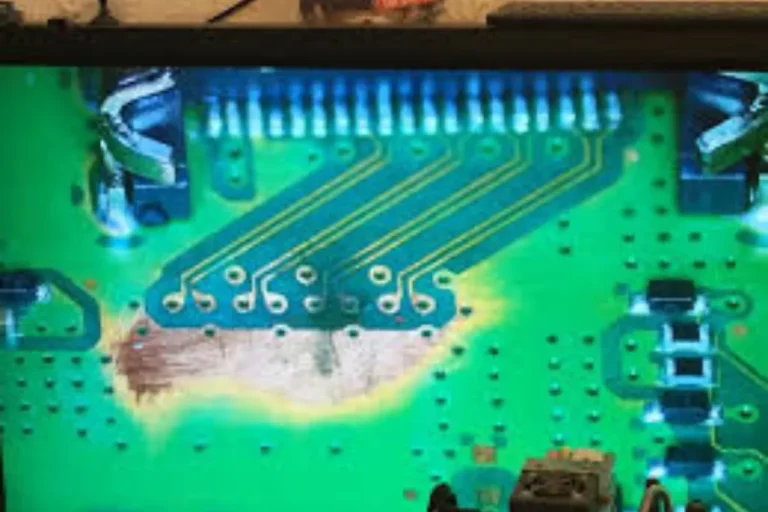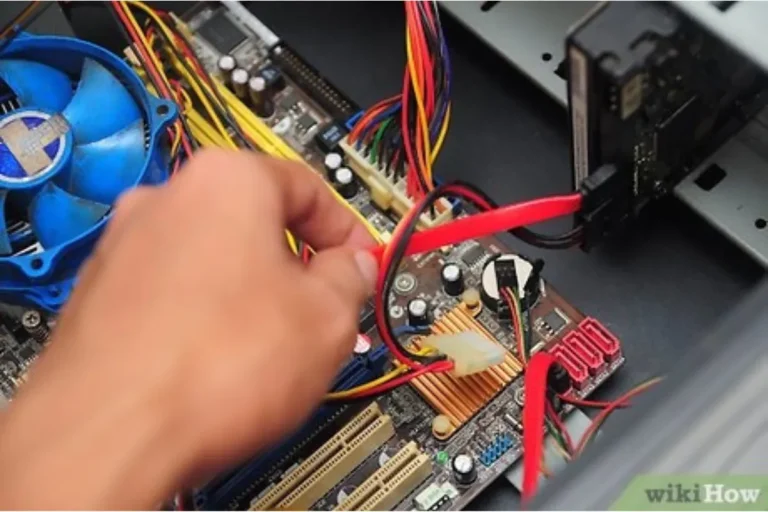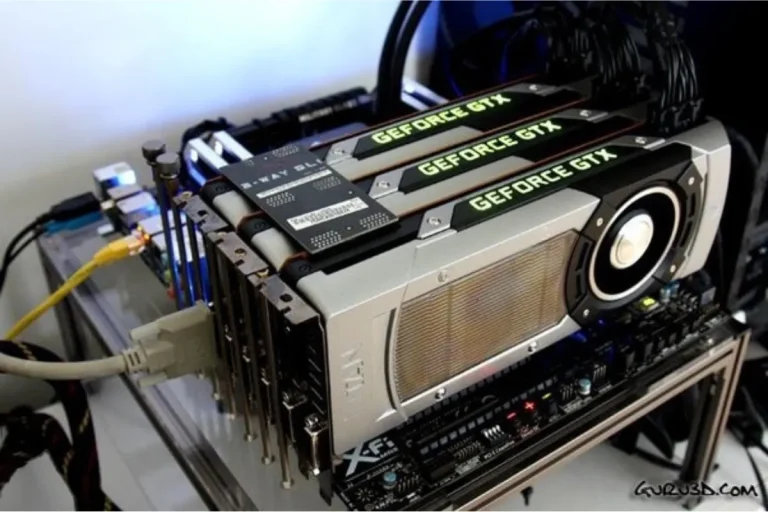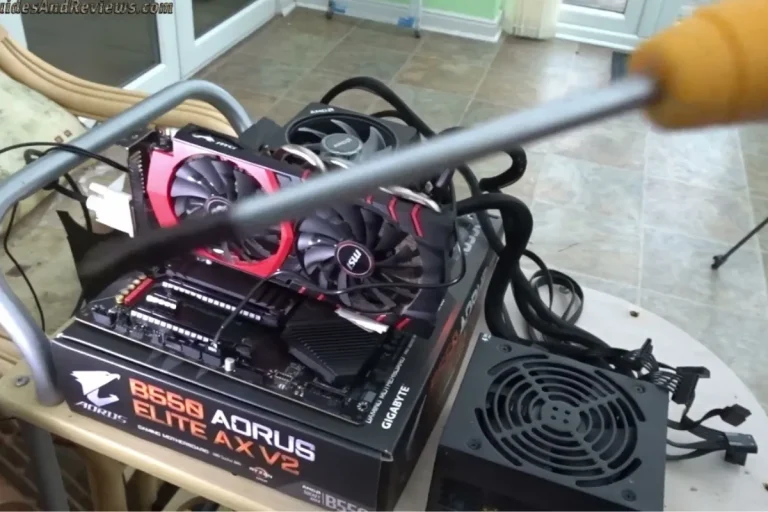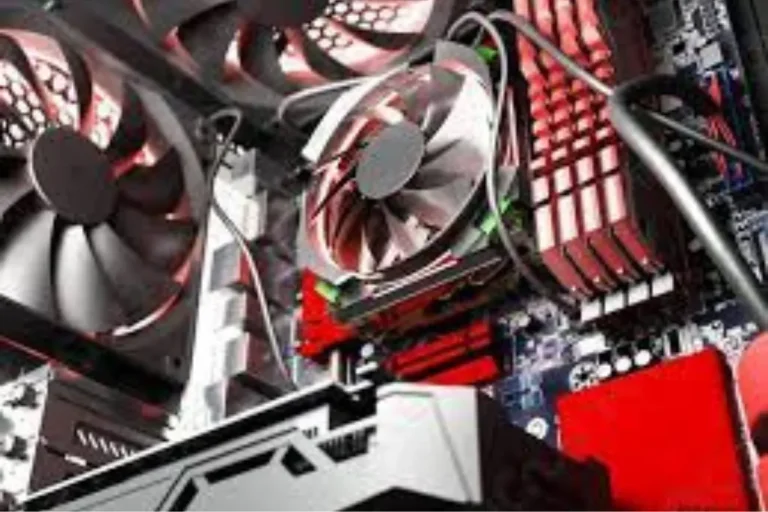How do I check the motherboard specifications in a computer?
Are you wondering how to find out what’s inside your computer’s motherboard? Well, you’ve come to the right place! Knowing your motherboard specifications is crucial for compatibility and making informed upgrade decisions. In this guide, we’ll show you simple methods to uncover those hidden details and unleash the power of your PC.
Checking the Motherboard Model
If you’re eager to discover the model of your computer’s motherboard, you’re in luck! There are several simple methods that can help you identify the motherboard model number and gather the necessary information. Let’s explore these methods one by one.
Physical Inspection
The physical inspection method involves examining your motherboard for a model number. To find it, follow these steps:
- Identifying the motherboard model number: Look for a label or text imprinted on the surface of the motherboard. The model number is usually a combination of letters and numbers, such as “H370M-D3H” or “B450 TOMAHAWK.”
- Locating the model number on the motherboard: The model number is often positioned near the CPU socket or along the edge of the motherboard. It might be printed on the PCB (Printed Circuit Board) or on a sticker. Take your time to carefully scan the motherboard and locate the model number.
System Information Utility
If physically inspecting the motherboard seems daunting, don’t worry! You can find the motherboard model information using the System Information utility on your Windows computer. Here’s how:
- Accessing System Information on Windows: Press the Windows key + R to open the Run dialog box. Type “msinfo32” and hit Enter. The System Information window will appear.
- Finding the motherboard model information: In the System Information window, locate the “System Summary” category in the left-hand pane. Click on it, and in the right-hand pane, look for the “BaseBoard Manufacturer” and “BaseBoard Model” entries. The model number of your motherboard should be displayed here.
CPU-Z Software
Another handy tool for retrieving motherboard details is the CPU-Z software. Follow these steps to use CPU-Z:
- Downloading and installing CPU-Z: Visit the CPU-Z website (cpuid.com) and download the latest version of the software. Install it on your computer by following the on-screen instructions.
- Retrieving motherboard details using CPU-Z: Launch CPU-Z and navigate to the “Mainboard” tab. Here, you’ll find various details about your motherboard, including the manufacturer, model, chipset, and BIOS version.
Researching Motherboard Specifications Online
Are you ready to dive into the vast online world to uncover the specifications of your desired motherboard? Fear not, for we have some handy tips to guide you through the process. Let’s explore the different avenues you can take to conduct effective online research and discover the motherboard specifications you need.
Exploring Manufacturer Websites
When it comes to researching motherboard specifications, the manufacturer’s website is often the best place to start. These websites provide detailed information about their products, including specifications for each motherboard model.
Visit the website of the manufacturer whose motherboard you’re interested in and navigate to the “Products” or “Motherboards” section. There, you’ll find a comprehensive list of their offerings, complete with specifications and other relevant details.
Using Third-Party Websites and Databases
In addition to manufacturer websites, there are numerous third-party websites and databases that compile information about various motherboard models. These websites often provide user-friendly search functions, allowing you to input the model name or number and retrieve detailed specifications.
Popular tech forums and review websites can also be valuable resources, as they often include user reviews and discussions about specific motherboard models, which can provide valuable insights into their performance and compatibility.
Tips for Effective Online Research
To make the most out of your online research journey, here are a few tips to keep in mind:
- Be specific: Use the exact model name or number when searching for motherboard specifications online to ensure accurate results.
- Compare multiple sources: Cross-reference information from different websites to ensure accuracy and reliability.
- Check for user reviews: User reviews can offer valuable real-world experiences and insights into the motherboard’s performance and compatibility.
- Stay updated: Make sure to check for the latest specifications and updates on the manufacturer’s website to ensure you have the most up-to-date information.
Motherboard Compatibility
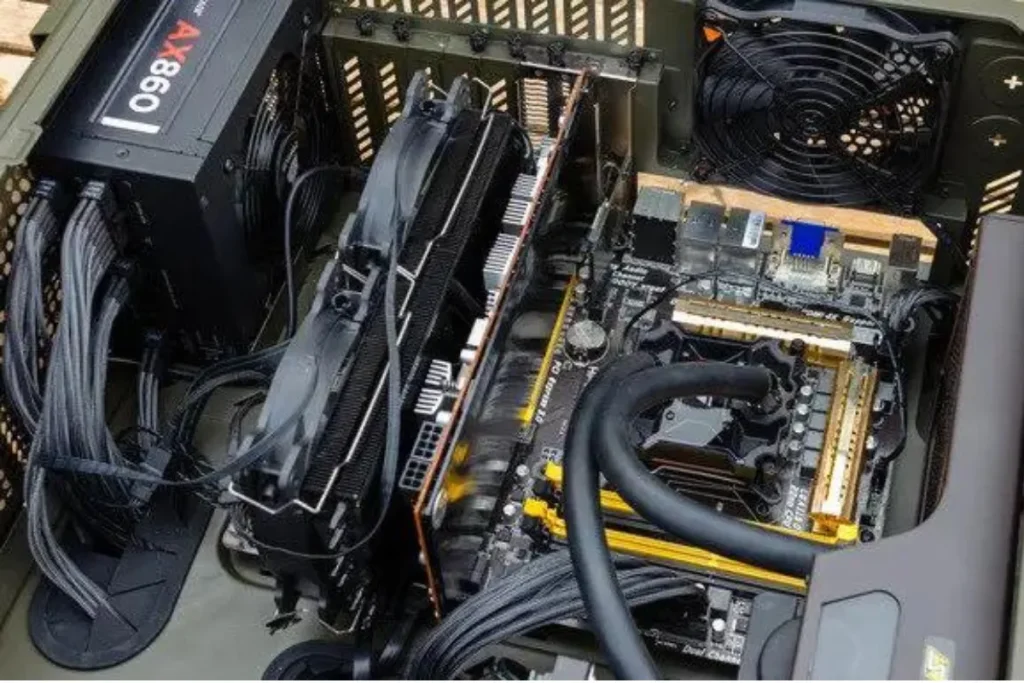
When it comes to building or upgrading a computer, ensuring compatibility between components is crucial. The motherboard, being the central hub of the system, plays a vital role in determining compatibility with other hardware components. Let’s explore the various aspects of motherboard compatibility that you need to consider:
RAM Compatibility
The motherboard must support the type, speed, and capacity of RAM modules you plan to install. Check the motherboard’s specifications to ensure it supports the desired RAM type (DDR3, DDR4, etc.), speed (e.g., 2400MHz), and maximum capacity (e.g., 64GB).
CPU Compatibility
The motherboard’s socket type must match the socket of the CPU you intend to use. For example, an Intel Core i7 CPU requires a motherboard with an LGA 1151 socket. Additionally, check the motherboard’s specifications for the supported CPU generation and power requirements.
GPU Compatibility
If you’re planning to install a dedicated graphics card, ensure that the motherboard has a compatible PCIe x16 slot. Check the motherboard’s specifications to confirm support for the desired GPU type (NVIDIA or AMD) and the required power supply connections.
frequently asked questions
1. What factors should I consider before upgrading or replacing my motherboard?
Before upgrading or replacing your motherboard, consider factors such as the desired CPU generation and socket compatibility, RAM and GPU support, expansion slot availability, and the form factor that fits your computer case.
2. How can I ensure compatibility with my existing components when upgrading or replacing the motherboard?
To ensure compatibility, check the specifications of your existing components, such as the CPU socket type, RAM type and speed, GPU interface, and storage connectors. Then, cross-reference these specifications with the compatible options provided by the new motherboard.
3. What steps should I follow for a successful motherboard upgrade?
First, gather all the necessary information about your existing components and the new motherboard. Then, disconnect the power supply and all cables from your computer. Carefully remove the old motherboard, ensuring you don’t damage any other components.
4. Will I need to reinstall my operating system when upgrading or replacing the motherboard?
In most cases, it is recommended to reinstall the operating system when upgrading or replacing the motherboard. This ensures that the system recognizes the new hardware and operates smoothly. Make sure to back up your important data before proceeding with the installation.
5. Can I reuse my existing CPU, RAM, and other components when upgrading or replacing the motherboard?
It depends on the compatibility between your existing components and the new motherboard.
Conclusion
Checking the motherboard specifications on your computer doesn’t have to be a daunting task. Simply download a system information tool like CPU-Z or Speccy.
These nifty programs will provide you with all the details you need, from the motherboard model and manufacturer to the supported RAM and CPU sockets. It’s a quick and easy way to gain valuable insight into your computer’s heart and ensure compatibility for future upgrades or replacements.
